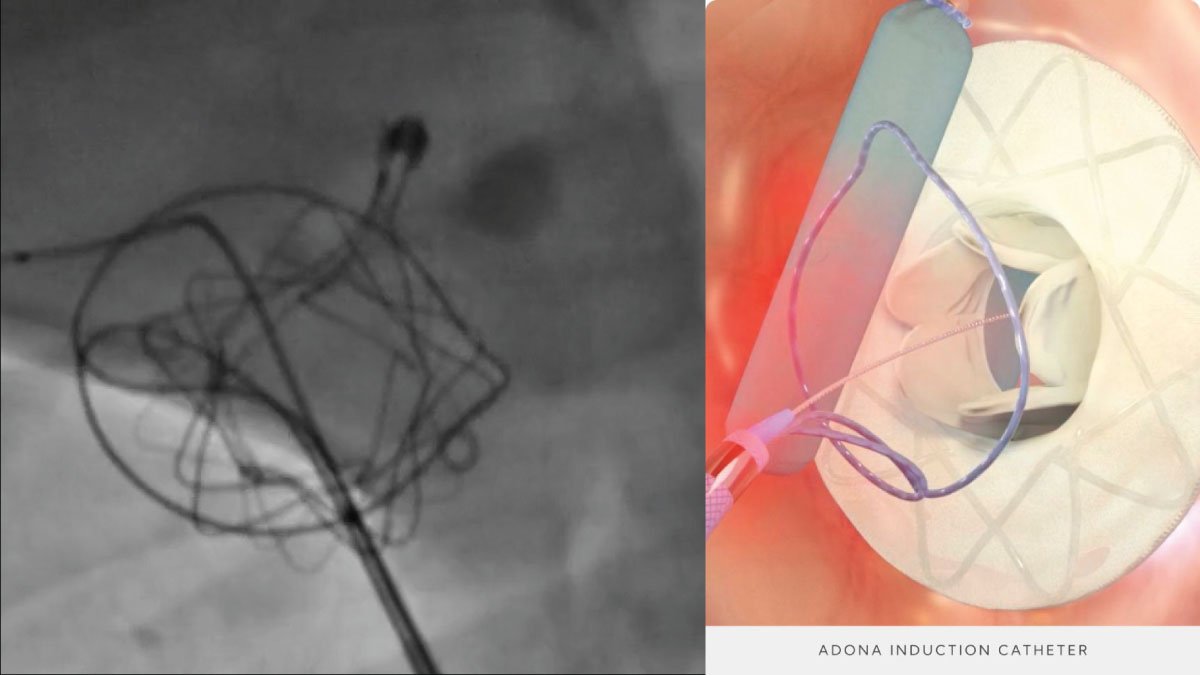Nuclear Battery Produces Power for 50 Years Without Needing to Charge

A game-changing nuclear battery designed to last 50 years without needing a recharge is poised to transform the way we think about energy solutions. This innovation by the Chinese startup Betavolt is set to bring about major improvements across various industries, especially in medical technology, where a steady power supply is essential.
Game-Changing Nuclear Battery in Energy Innovation
The launch of a nuclear battery that can produce energy for half a century without the need for recharging marks a significant advancement in the field of energy technology. This battery uses the process of betavoltaic energy conversion to generate electricity from the decay of radioactive materials. Unlike conventional batteries, it doesn’t rely on external power sources, making it a dependable, long-term option.
Benefits of 50-Year Nuclear battery
The main benefit of this technology is its unmatched durability. A nuclear battery that can last for five decades without needing a recharge means there’s no need for regular battery replacements, which in turn cuts down on maintenance costs and the environmental impact. Additionally, these batteries are highly effective, delivering a steady power output throughout their lifespan.
This durability and effectiveness position nuclear batteries as a top choice for use in harsh or hard-to-reach conditions. For example, they could be used in space missions, where traditional batteries wouldn’t work. Similarly, these batteries could be applied in remote monitoring systems, military operations, and underwater exploration, where reliability is crucial.
Applications in Medical Devices
One of the most exciting potential uses for this nuclear battery technology is in the medical sector. Devices like pacemakers and other implants need a dependable power source to operate properly. The introduction of a 50-year nuclear battery could significantly boost the lifespan and reliability of these devices, improving patient care and reducing the need for invasive battery replacements.
Furthermore, this technology could be applied to portable medical devices, ensuring they operate continuously without the need for frequent recharging or battery swaps. This would be especially advantageous in emergency medical scenarios, where a constant power supply could be a matter of life and death.
Looking Ahead
The development of nuclear batteries is set to unlock a world of possibilities. As research and development in this field continue, we can expect to see even smaller, more efficient nuclear batteries being developed, further expanding their potential uses. Future innovations might include combining them with renewable energy sources, making this technology more sustainable.
Conclusion
The introduction of a nuclear battery that can produce energy for 50 years without recharging is a major breakthrough in energy technology. This innovation promises to bring about a new era of long-lasting, dependable energy solutions. As the technology progresses, we can look forward to even more innovative applications, cementing nuclear batteries as a key component of future energy strategies.




















